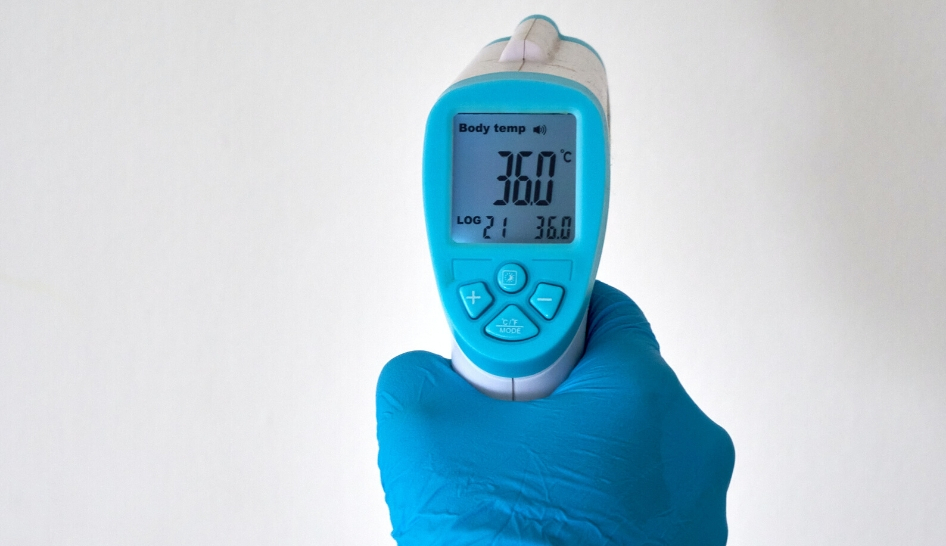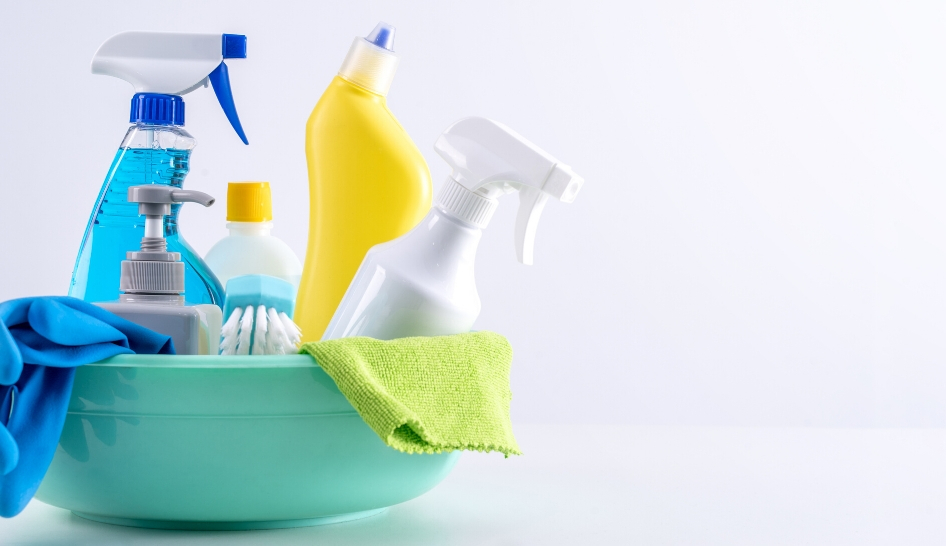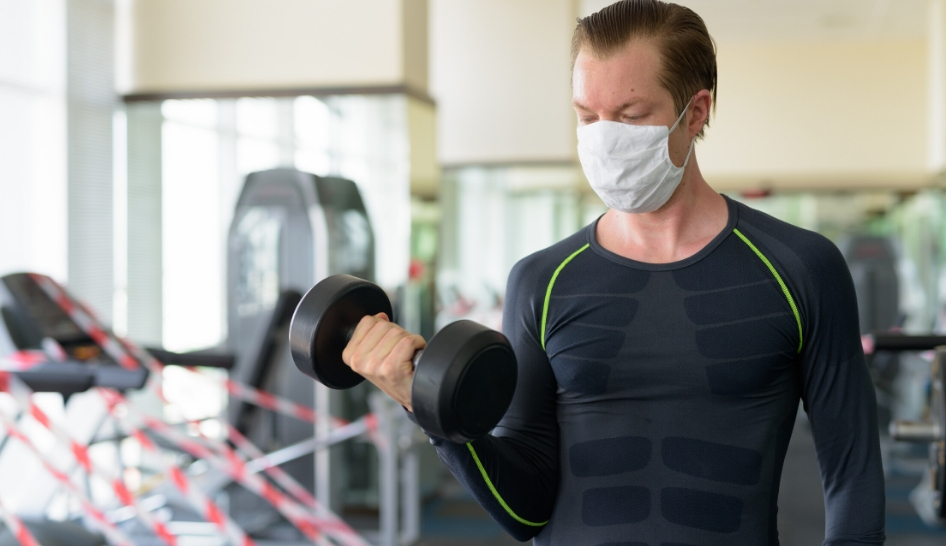To counter the misconception that gyms are germier than other consumer-facing businesses, we’ve been sharing stories from IHRSA member clubs that show how clean and well-prepared gyms are to open and welcome their members.
To help gyms with their cleaning and safety protocols, IHRSA provided key considerations in four languages, as well as tons of articles on cleaning, sanitizing, and creative ways to social distance. Now that clubs are open—or opening—IHRSA is promoting all of the hard work that you put into...
- revamping cleaning routines,
- moving equipment,
- marking safety zones,
- retraining staff, and more.
To promote your efforts on how clean your gyms are, IHRSA wrote and released on June 25 a major public relations campaign that “gyms are clean.” The first step in the campaign is an article that appeared in over 100 media outlets, such as Yahoo Finance, MarketWatch, and Business Insider: Markets Insider. In getting the broadest reach possible, we constrained the piece to 600 words.
But, telling the story of the cleanliness of gyms is more profound than the 600-word constraint, so the entire 1,800-word article is below.
We suggest you share it—or sections of it—far and wide, so the message reaches everyone. Share it (or information like it) with your communities, your local media outlets, on social media posts, etc. Let us know if—and in what manner—you use the information in this article and how impressed your returning members are with their sparkling clean and safe club.
Without further ado, here’s the article:
IHRSA Tells How Gym Operators Revamped Cleaning Protocols
As the country’s 40,000-50,000 health and fitness clubs, gyms, and studios slowly but surely begin to reopen, you might be wondering what to expect. You might even be a little leery. If you’re like most gym-goers, while you’ve enjoyed your online workouts, you’re missing the variety, structure, motivation, and camaraderie that only your physical health club can provide.
Since most U.S. clubs were mandated to close in mid-March, club staff across the country have had at least 10 weeks to ramp up their cleaning and safety protocols. And, since businesses in Asia were hit first, and reopened earlier, clubs in the U.S. have benefited from and learned from a forward-look at gyms post-quarantine.
The global fitness industry recently received a boost in confidence in how safe facilities are with the release of a Norwegian study—held over two weeks—that showed no greater risk in contracting coronavirus after visiting a gym. And in the U.S., current contract tracing data in Arkansas, also covered over two weeks, furthers the conception that gyms are safe, revealing that only 0.3% of active cases in the state visited a gym.
Although the U.S. president included gyms in Phase 1 opening guidelines, all 50 states (and even more localized areas) set a time frame on when—and how—fitness facilities in their area can open. In almost all regions, club staff created safety plans, which were then shared with their regional authorities to receive the go-ahead to open.



